Homemade router from a washing machine engine
 A milling machine helps home craftsmen perform many different woodworking tasks faster and more accurately, but not everyone can afford such a factory-made device. There is a way out - you can assemble a full-fledged stationary router from a washing machine engine and some scrap materials. What you need to find and how to proceed is described in detail in the article.
A milling machine helps home craftsmen perform many different woodworking tasks faster and more accurately, but not everyone can afford such a factory-made device. There is a way out - you can assemble a full-fledged stationary router from a washing machine engine and some scrap materials. What you need to find and how to proceed is described in detail in the article.
Collecting tools and materials
To make a machine with your own hands, you will have to find all the components, make calculations, assemble and securely fix the structure. We start the process with preparation. It’s easy to guess that the “heart” of a homemade router will be the engine of an automatic washing machine. A commutator or asynchronous motor is suitable, which is carefully pulled out of the machine and cleaned. In addition to the engine you will need:
- thick plywood or chipboard;
- adapter for the motor shaft (it is better to order from a turner);
- two metal pipes;
- threaded rod;
- screwdriver;
- hacksaw for metal;
- self-tapping screws;
- swivel wheel;
- metal corners;
- foam rubber
For more accurate operation, it is recommended to find a speed controller from an electric jackhammer with a connected Hall sensor. With its help, it is easier to control the intensity of wood processing and gradually increase the power of the motor. A meter, electrical tape, screwdrivers and pliers will be very useful. Once everything needs to be prepared, you can begin assembly.
Making a machine
The dimensions of the future homemade wood milling machine from an automatic machine motor are determined by the dimensions of the existing engine.Therefore, we measure the part from all sides and begin to assemble a three-walled table from plywood or chipboard. The height of the box should be 3-4 times the length of the engine, the bottom should be raised 5-7 cm from the floor level, and a hole should be made in the lid in advance for the motor play. The entire structure is firmly fastened with screws and corners. Let's start assembling.
- We install the collet for clamping the cutters.
- We fix it on the shaft with a special adapter.
- We install a nut in the bottom of the box.
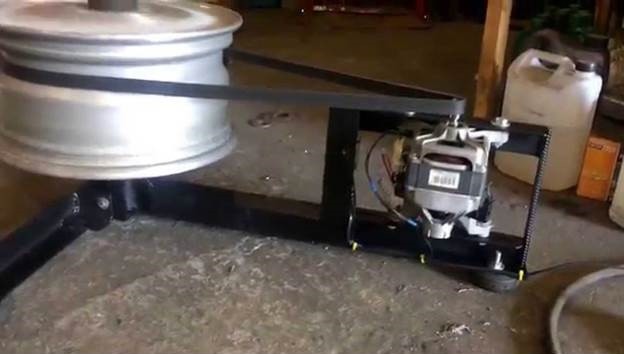
- We fix two pipe stands on the back wall.
- We place the threaded rod so that one end “fits” into the nut on the bottom, and the other rests against the bottom of the engine (more precisely, against the T-shaped metal sheet screwed to the base of the engine).
- We supplement the device with a swivel wheel and a pair of springs necessary for raising/lowering and damping the motor.
- We connect the speed controller with a Hall sensor.
- We isolate all contacts.
- We cover the engine with a piece of foam rubber on top to protect it from wood dust.
Important! For more convenient use, special panels can be installed on the working surface to adjust the thickness of the edges and recesses being made.
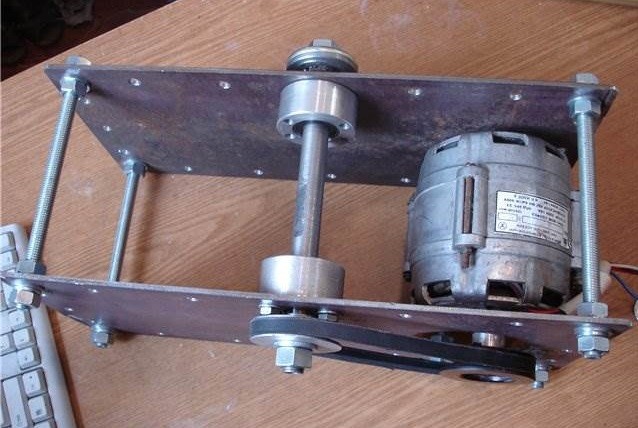
Next we check the functionality of the unit. We put on safety glasses and gloves, screw in a suitable cutter, adjust the motor height and test the machine. The main thing is not to forget about safety precautions and exercise extreme caution.
How effective is homemade?
Despite the apparent flimsiness of the design, the manufactured milling machine will give odds to industrial equipment. Due to the speed controller, the motor from the washing machine is kept at a given speed and allows you to accurately complete the intended amount of work. So, with the help of such a simple device you can:
- carry out simple processing;
- create different grooves;
- cut out technological recesses;
- round the edges.
There are no restrictions for the wood processed. "Even hard tree species, such as beech, oak, ash or walnut, are amenable to a homemade machine.. So there is only one conclusion - making a multifunctional router for household use from an automatic washing machine with your own hands is quite possible if you approach the assembly responsibly, not forgetting about calculations and safety.
Interesting:
2 reader comments

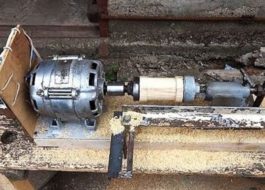
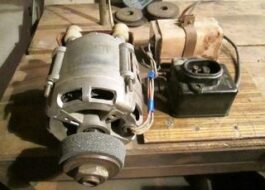
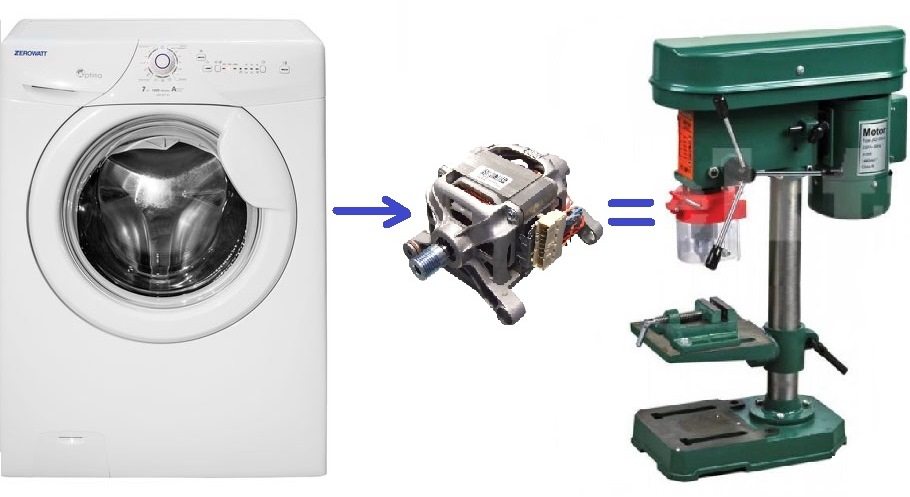

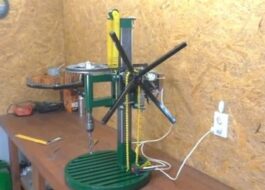
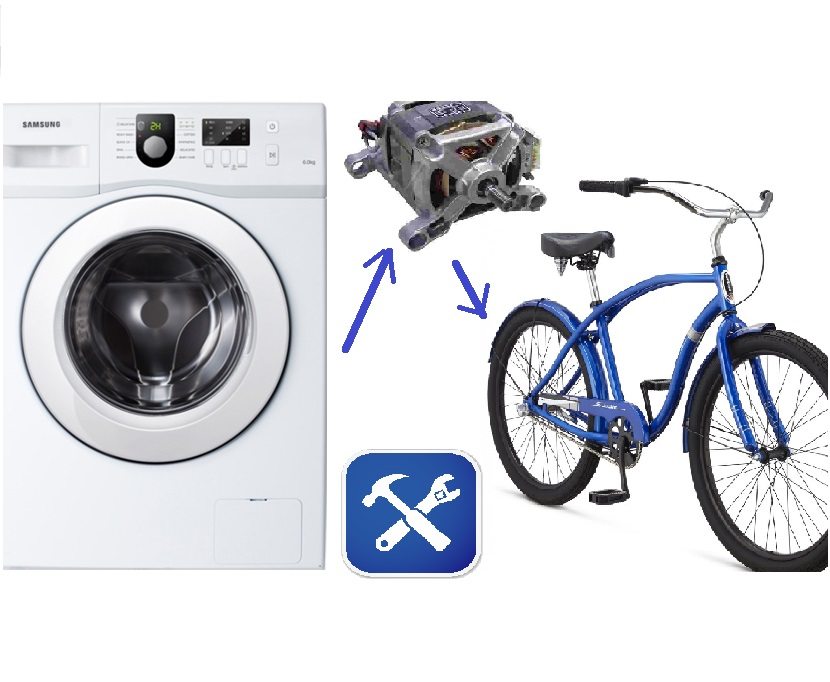














Where did you see the hall sensor? There's a Tahoe.
Wear gloves when working with a router, but you have extra fingers.